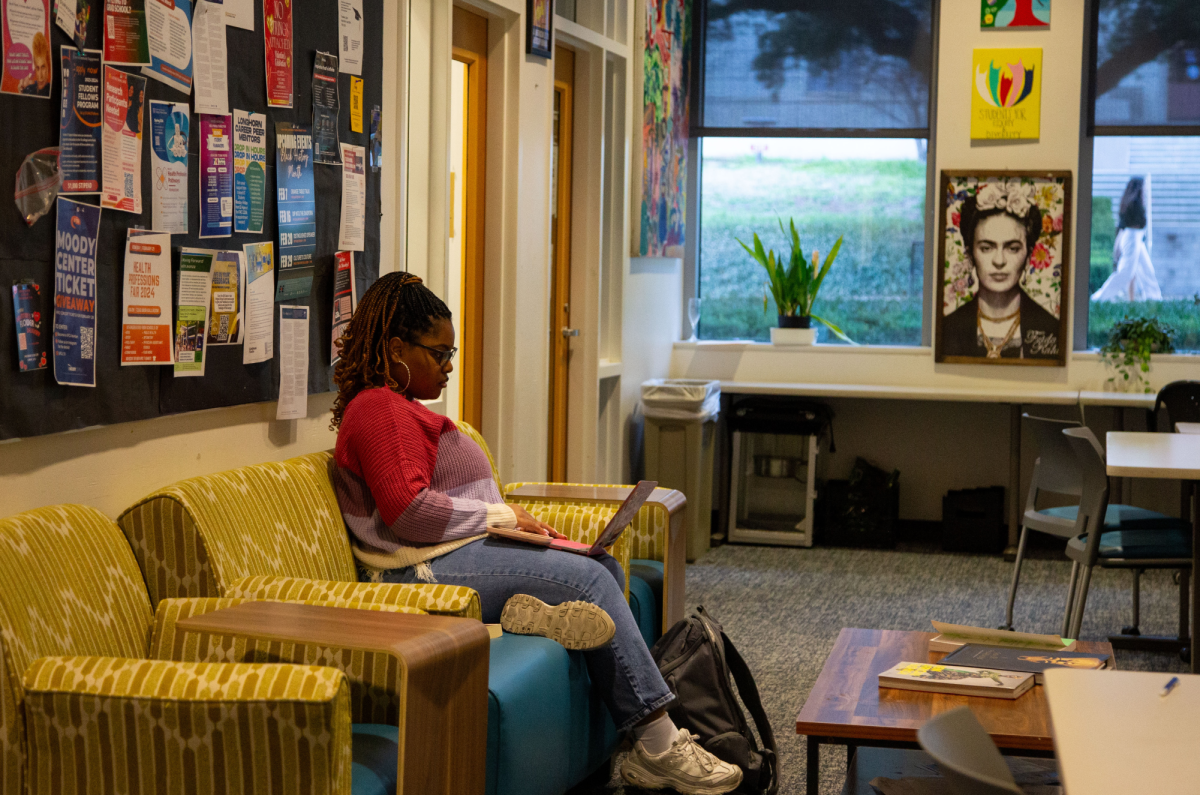As the Supreme Court examines the University’s race-conscious admissions process in Fisher v. Texas, the future remains uncertain for students who don’t qualify for automatic admission.
If the court sides with plaintiff Abigail Fisher and removes the use of race in admissions at UT, future in-state applicants will have no chance of being admitted unless they graduate in the top 10 percent of their high school class. This will take effect for the incoming class in 2015 unless the state intervenes. During arguments Wednesday, the Supreme Court pressured UT to justify its use of race in holistic review for admissions.
State law requires public universities to provide as many in-state spots as possible to students who graduated in the top 10 percent of their high school class. Passed in 2009, Senate Bill 175 capped the number of in-state freshman admitted under the Top 10 Percent Rule at 75 percent of the incoming class for UT. SB 175 also requires Texas public universities to fill any available in-state spots with automatic admits if a court strikes down the use of race in admissions.
It is likely this policy change would obligate the University to admit only Top 10 program students due to demographic pressure.
Around 90 percent of UT students are in-state, and a quarter of each in-state incoming class is admitted through holistic review. Three-quarters of in-state students are admitted through the Top 10 program. Out-of-state and international students admitted to UT apply under a separate process, and a ruling against UT would only remove race as a factor in their applications.
Gov. Rick Perry could call a 30-day special legislative session after a ruling is issued if the court decides against UT. The legislature could then create a new law allowing UT to adjust its admissions policy.
Sen. Judith Zaffirini, D-Laredo, former chair of the Senate Committee of Higher Education, said she expects a divided vote from the court.
“We will have to work to define the role of the Legislature in college admissions,” Zaffirini said of taking action after the court makes its decision.
Zaffirini said it would be unfair if UT admitted all students through the Top 10 program, because it would undermine students who standout in areas aside from academics. She said a version of the rule will likely remain in place.
“It took the Legislature three sessions to change the Top 10 program to cap admissions to 75 percent of each class specifically for UT,” she said. “It was very difficult to make changes to the rule in the past because it has been highly supported.”
Sen. Kel Seliger, R-Amarillo, said no action should be taken at the Legislature if the Supreme Court rules against the use of race in UT’s holistic review.
“If the Supreme Court decides against its current holistic review, then the University should go back to the drawing board,” he said. “This is not something that should require legislative action.”
Recently appointed as chairman of the Senate Committee on Higher Education, Seliger said he is in favor of discontinuing the Top 10 program. In 2004 Seliger unsuccessfully pushed a bill attempting to discontinue the program.
“The rule puts the Legislature in a position of running admissions at universities, and I don’t think that should be allowed,” he said. “It’s clear UT wants to increase minority enrollment, and that’s a laudable goal. But the Top 10 program is not doing so.”
UT records show a higher percentage of black and Hispanic students have been admitted through the Top 10 program than through race-conscious admissions every year since 2007. Of students admitted under the Top 10 program in 2011, 29 percent were Hispanic undergraduates, 6 percent were black undergraduates and 19 percent were Asian undergraduates. Of students admitted under holistic review, 14 percent were Hispanic, 5 percent were Black and 17 percent were Asian.
After arguments in Fisher v. Texas Wednesday, UT President William Powers Jr. said a ruling that eliminates the use of race in admissions would constrain UT’s ability to admit qualified students to the University.
“What the consequences in the decision are depend on the details of the decision,” Powers said. “We will certainly work with the Legislature in whatever result comes out to find a way that works for the University.”
Printed on Friday, October 12, 2012 as: Prospects of future admittees uncertain




















